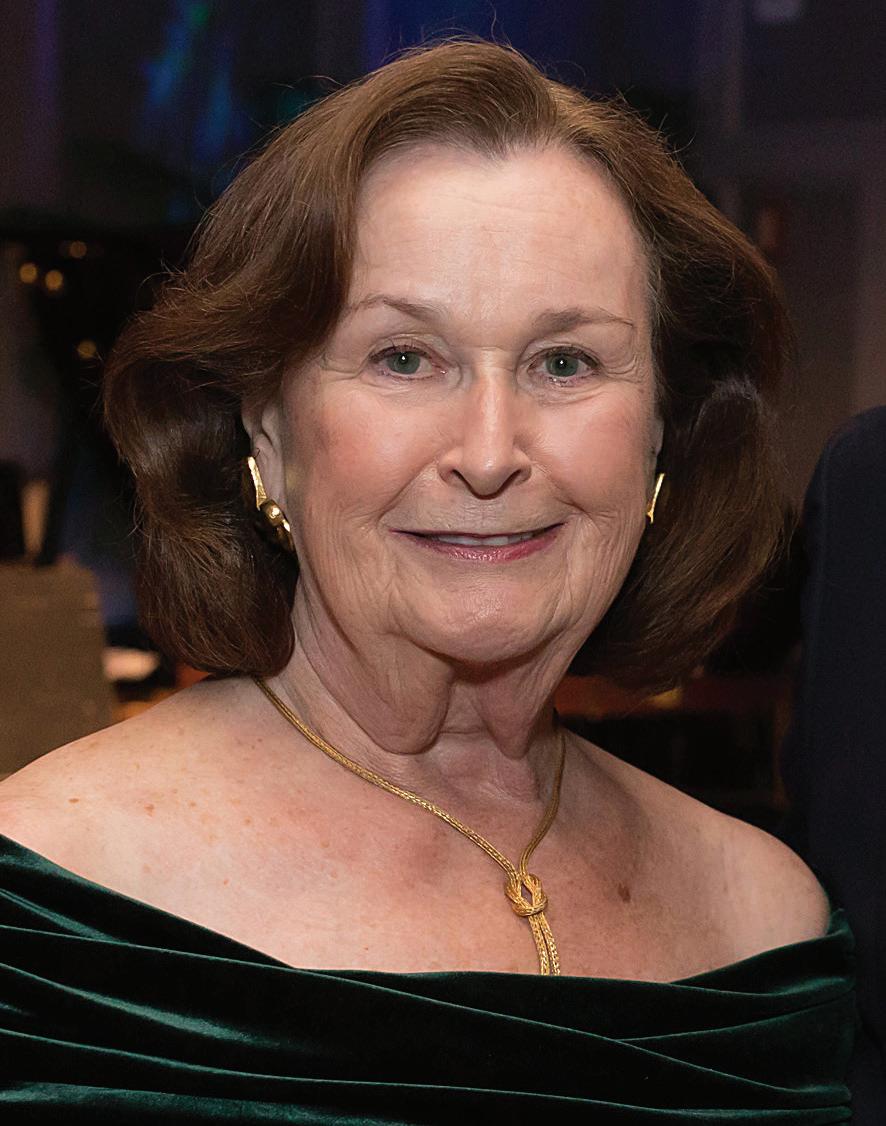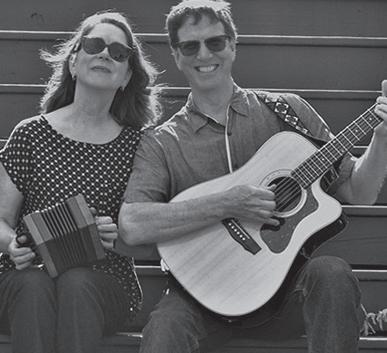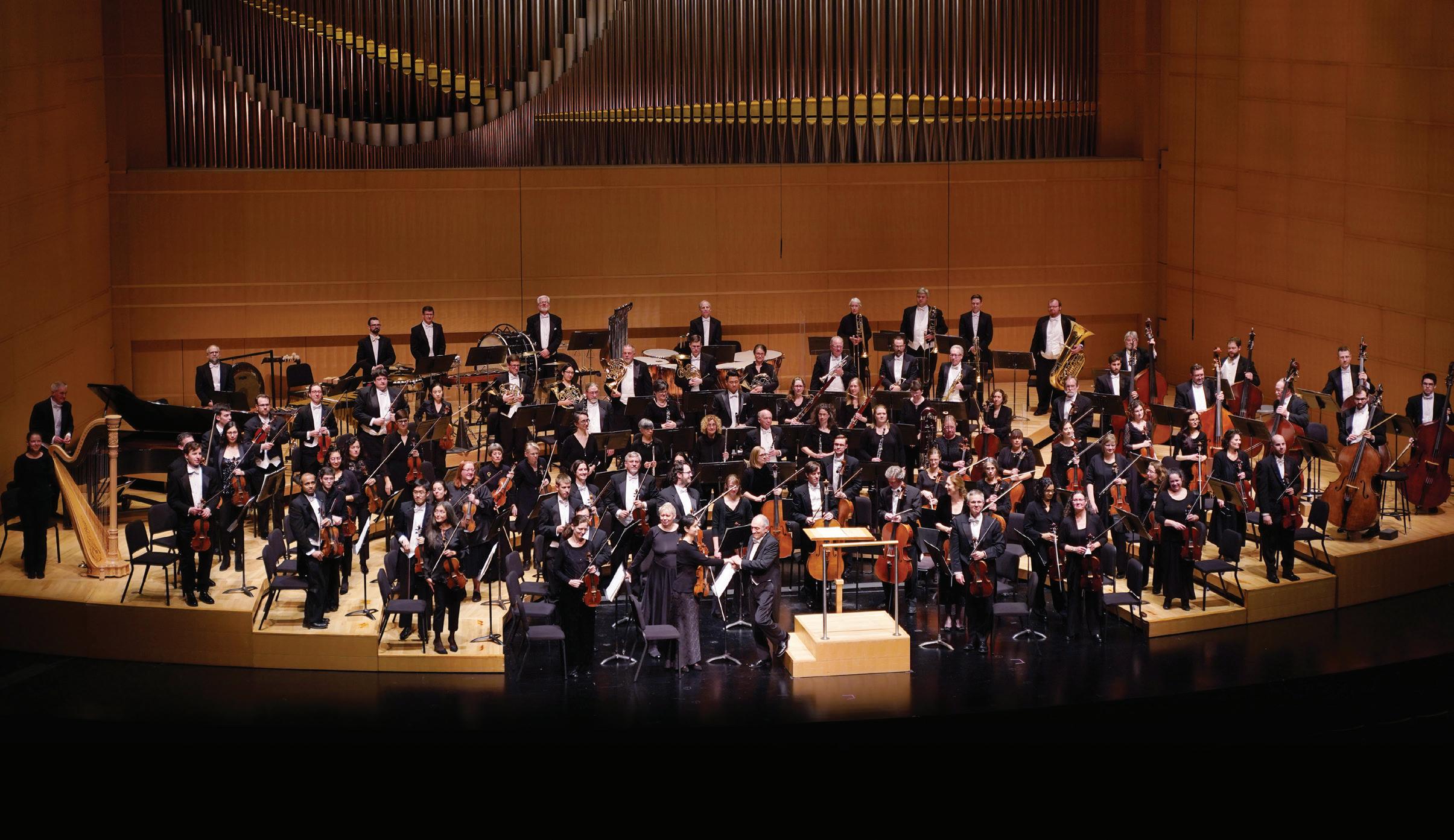Home Is Where the Art Is —
EARLIER THIS SUMMER, WE REACHED OUT OUR MUSICIANS TO FIND OUT HOW THEY’VE BEEN
Quarantine has caused me to miss so many of my colleagues!
spending their time at home, and asked them to reflect on how they prepare for performances and what rehearsals look like from their point of view in the orchestra. We’ve shared some highlights from stories shared with us here. You can read each musician’s individual interview at madisonsymphony.org/ homewithartists.
What is unique about your instrument? Playing bassoon is all about making reeds! Everything is dependent on that, but reeds are fickle friends. Professional double reed musicians generally make their own reeds from the plant material arundo donax, also known as cane. Each piece of cane is individual. No matter how consistent we are in our reed making skills, every single reed is different. To be honest, if I had known my entire life was going to be dependent on
During very difficult passages, the most treacherous thing is navigating the pedals...
reeds, I might have made another choice! – Cindy Cameron, Principal Bassoon The pedals on the harp are one of the most unique things about the instrument. For those who don’t know, there are seven pedals at the bottom of the harp with three notches that are manipulated by the feet while we play. The pedals change pitch on the strings from flat to natural to sharp. When harpists change keys or play accidentals, our feet have to do the work. One of the first steps to prepare a part for a rehearsal is to go through and indicate in the music where all the pedal changes need to happen. During very difficult passages, the most treacherous thing is navigating the pedals, because if I miss one I will end up in a completely different key! – Johanna Wienholts, Principal Harp
Tell us about what happens during rehearsals from your point of view? Because I am a section of one, the most important things to determine in rehearsal are 1. When to come in, and 2. Balance. Sometimes I am counting for entire movements and come in alone at the very end, and if I lose focus in rehearsals I won’t feel confident in my entrances during the performances! Also, different parts
We are very used to waiting extended periods until that perfect moment when our color contributes in impactful ways.
4
of the harp project in different ways. Often times the top of the harp in the higher register cuts through thick instrumentation while the low register on the harp doesn’t come through very much at all. Only in rehearsal in the hall can we really determine how much to project and when. – Johanna Wienholts, Principal Harp Percussion serves a unique role in the symphony orchestra. As we often create sounds that supplement or “color” the orchestration, we are very used to waiting extended periods until that perfect moment when our color contributes in impactful ways. It is very possible that we may only play a couple of notes in a piece or movement. Our job is to be fully prepared for that one note. To do this we must know everything else that is happening in the piece so that we do not get lost before the “big moment.” A great deal of our rehearsal time is spent with a score becoming as familiar as possible with everything happening so that we are fully confident to add our glorious moment of color. – Anthony Di Sanza, Principal Percussion




